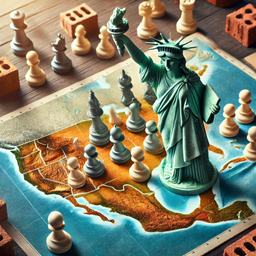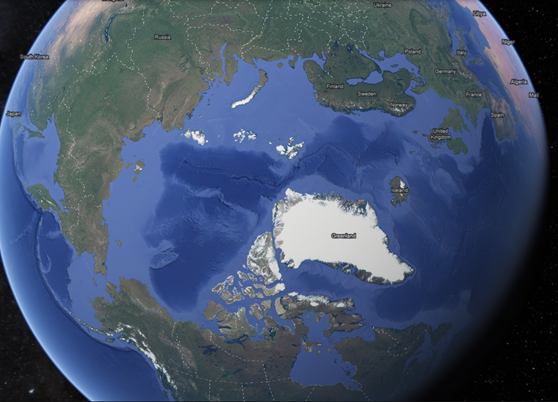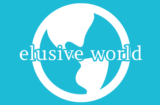By Ron Raskin

Lately, we’ve been hearing a series of strange statements from Donald Trump, such as the idea of buying Greenland or Canada becoming the 51st state. Whether these statements are serious or just a joke doesn’t really matter, as there’s often a grain of truth in every joke. So, what do these statements actually mean?
First, a little bit of history. In 1823, James Monroe postulated a doctrine for U.S. foreign policy: “the New New World and the Old World were to remain distinctly separate spheres of influence, and thus further efforts by European powers to control or influence sovereign states in the region would be viewed as a threat to U.S. security. In turn, the United States would recognize and not interfere with existing European colonies nor meddle in the internal affairs of European countries”. The idea was simple: we are here, you are there. Don’t interfere with North and South America, as these are our areas of interest.
As the U.S. grew bigger and stronger, its foreign policy evolved to reflect its increasing global influence. In 1918, Woodrow Wilson introduced his Fourteen Points, leading to a new approach called Wilsonianism. This shift moved away from isolationism toward a vision of the world as a kind of confederation governed by common laws and institutions, like the League of Nations, and later, the United Nations.
However, times are changing again. Just as old powers like Britain and France began their decline a century ago, it now seems that the U.S. and the entire Western democratic camp are facing a similar decline.
Europe’s share of the world population has decreased from almost 28% in 1913 to just over 9% by 2024. The U.S. population increased from a little over 5% in 1913 to above 6% at its peak in the mid-20th century but has since dropped to less than 5% today. The GDP of major Western democracies has also fallen from approximately 45% in 2000 to less than 30% today.

G7: share of global GDP, Statista
As a result, the U.S. is starting to move in the opposite direction: from a vision aimed at embracing the entire world to isolationism and control over a sufficiently large part of the world to ensure a balance of power in the future. This shift away from a vision of a united world where everyone lives happily in peace and cooperation is also gaining popularity among Western democracies such as France, Germany, and others in Europe, who are closing their doors to immigration, moving away from globalization, and focusing on their own interests and growth. Essentially, they are building a new “iron wall,” with the main political debate being about where exactly this wall should be placed.
To understand what Trump has in mind, we need also to remember that the failure of ideas like the United Nations and globalization is linked to the rise of valores nations, with Islamic fundamentalism as major example. Now, if we look at Trump’s words alongside the idea of an Atlantic Union—supported by his and Elon Musk’s mutual “friend”, Georgia Meloni, who represents growing support for this idea in Europe—it all starts to make sense.
It seems that Trump, on one hand, is looking to join forces (in his own strange way of putting it) with countries that have a good chance of forming a successful union. A union between the U.S. and Canada would align their interests and make cooperation much easier. This could be the first step toward a closer alliance with Europe (though that depends on what remains in Europe in the coming decades, as the population continues to decline). On the other hand, Trump wants to ensure that the areas around the U.S. are fully aligned with it, including all nearby lands, and strengthen U.S. control over important trade routes for the future. Looking at the map, it’s clear that Alaska, Canada, and Greenland provide control over the North Pole and bring Europe and Russia much closer to the U.S. This control can also provide access to natural resources, offer a military advantage, or serve some other purpose.

This raises questions, though, for other Western democracies like Japan, Taiwan, South Korea, Israel, Australia, and others about where they stand in this plan.
Whatever Trump’s next move is, the world is changing rapidly, and it seems that in four years from now, we will all have a much better sense of where it is headed.

